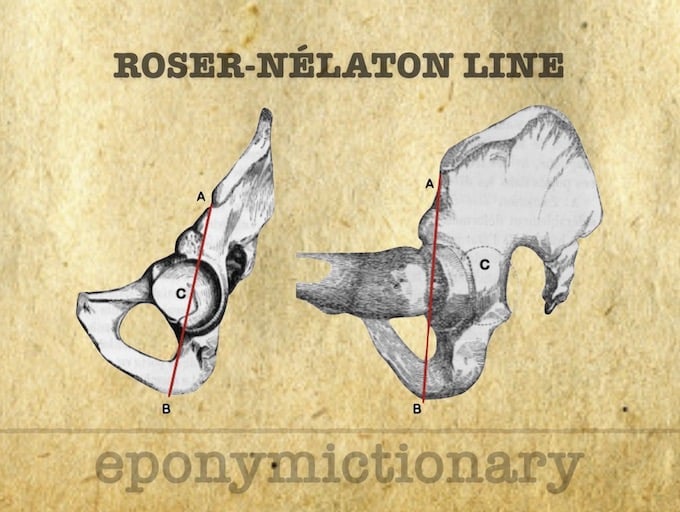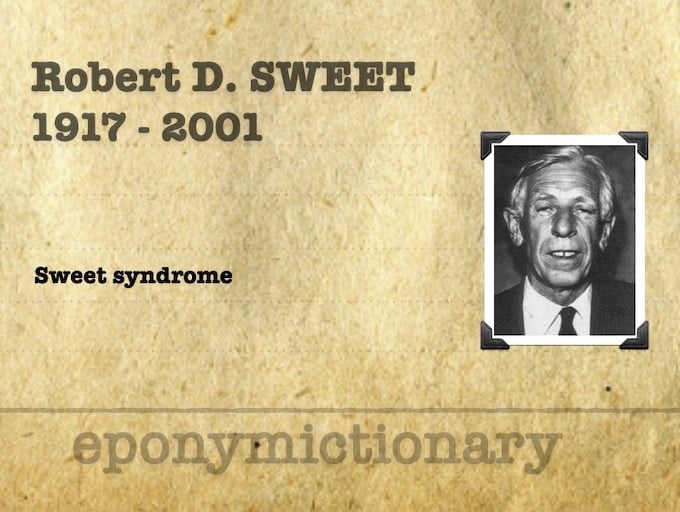
Seldinger Technique
Seldinger Technique a technique for safe percutaneous access to vessels and hollow organs that is widely used today. Sven Ivar Seldinger (1921 – 1998)

Seldinger Technique a technique for safe percutaneous access to vessels and hollow organs that is widely used today. Sven Ivar Seldinger (1921 – 1998)

In 1894, Morison published his anatomic description of the hepatorenal space; its role in the surgical treatment of gallbladder disease; and proposed the value of postoperative drainage of that space.

Löffler (Loeffler) syndrome is a transient, self-limiting, and benign pulmonary eosinophilia, characterised by pulmonary opacities on X-ray, elevated blood eosinophils and an acute onset of potential symptoms of mainly cough and dyspnoea.

In 1961, Jack Handyside Barnes, his nine year-old son, and a local surf lifesaver were rushed to Cairns Base Hospital after developing Irukandji syndrome.

Behçet disease: chronic, multisystemic inflammatory condition involving small and large vessels of unknown aetiology. Characterised by the triad of recurrent oral aphthous ulcers, genital ulcers, and iridocyclitis with or without hypopyon.

Charles AHA Bertrand (1777-1849) was a French physician; Least recognised for his self-experimentation with charcoal as an antidote for ingested poisonings.

Rare, acquired clinical syndrome presenting with amenorrhoea, menstrual disorders and reproductive dysfunction secondary to intrauterine adhesions.

Meigs syndrome: Triad of ascites with hydrothorax in association with benign ovarian tumor, that is cured after tumor resection. Described in 1934 by Joe Vincent Meigs (1892-1963)

Raynaud’s phenomenon manifests as episodic vasospasm leading to acral vascular compromise following emotional stress or exposure to a cold environment
Laboratory test used to screen maternal blood samples for the presence of foetal red blood cells.

Roser-Nélaton line. The theoretical line drawn from the anterior superior spine of the ilium to tuberosity of the ischium, in the moderately flexed hip.

Robert Douglas Sweet (1917-2001) was an English dermatologist. Sweet’s Syndrome: Acute Febrile Neutrophilic Dermatosis.